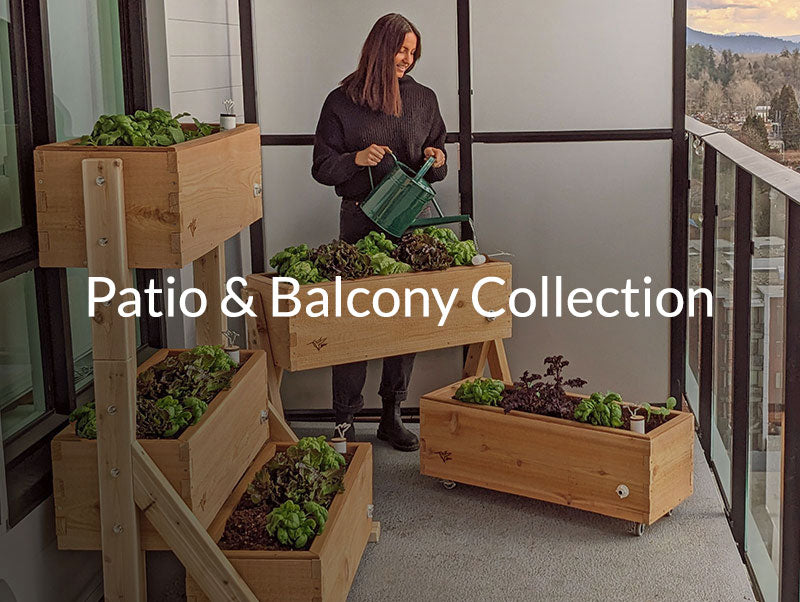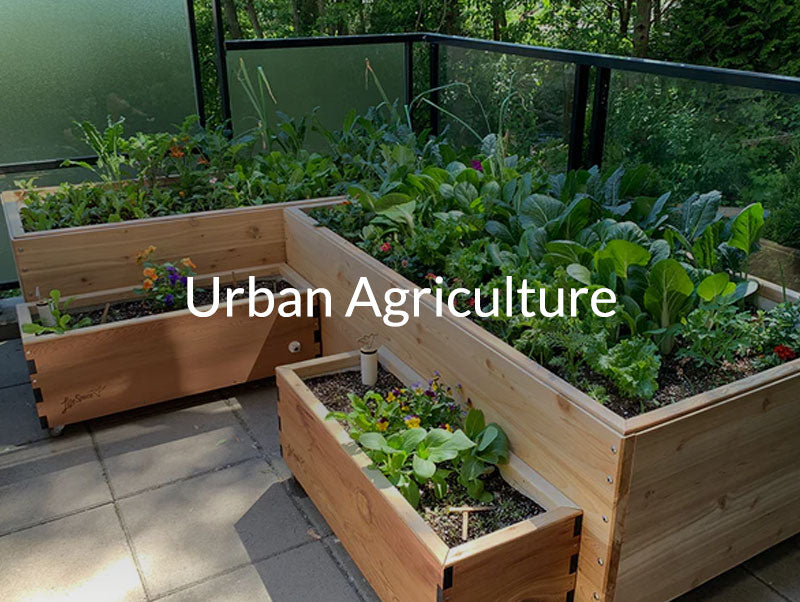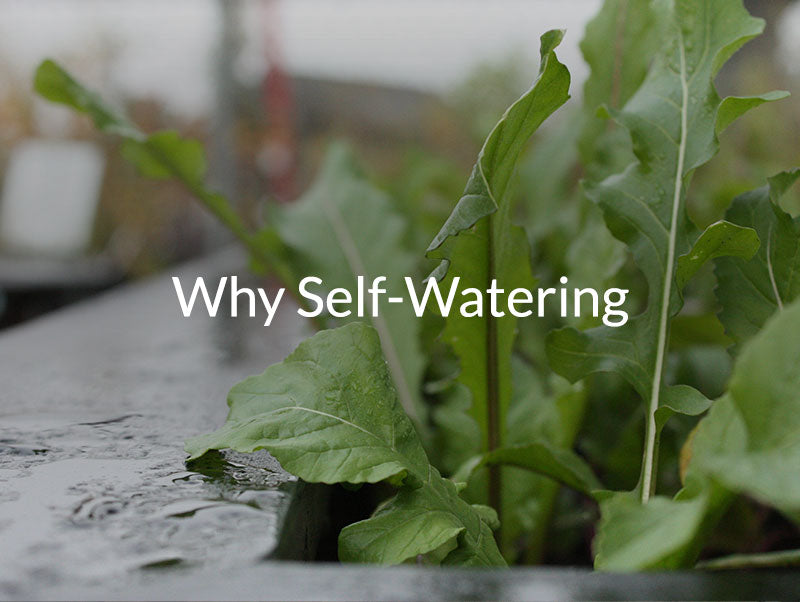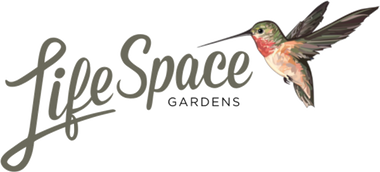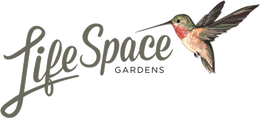Tomato Growing Guide🍅: Spacing, Pruning, and Watering Tips for Big Harvests
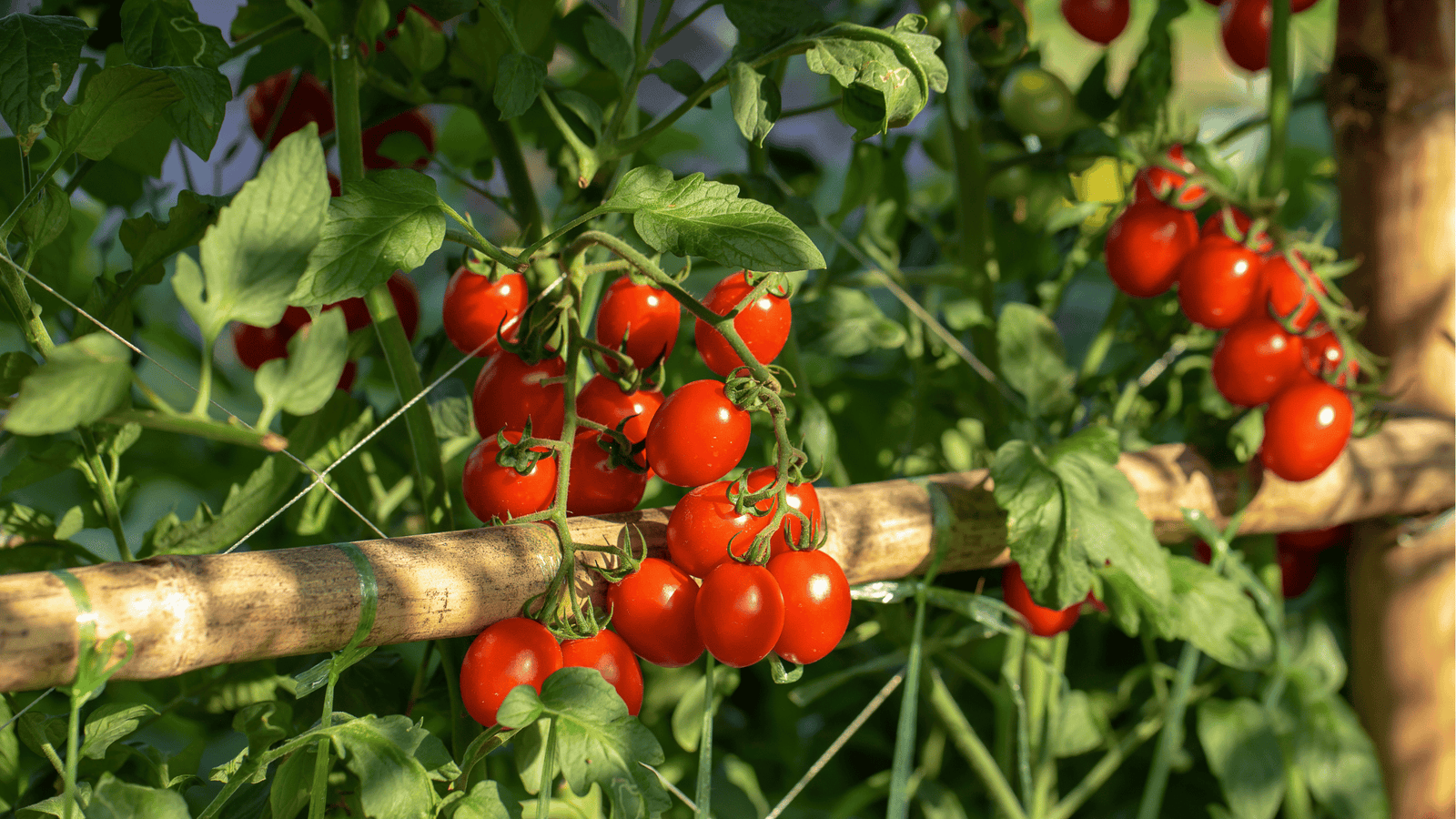
Introduction
Tomatoes are one of the most rewarding summer crops — versatile, productive, and perfect for both patios and raised beds. Whether you’re growing in a LifeSpace Garden or using GardenWells sub-irrigation kits, steady hydration helps produce tastier fruit, healthier plants, and fewer stress-related issues.
When to Plant Tomatoes
-
Spring: Start seeds indoors in March or April, then transplant when nighttime temperatures consistently stay above 10°C. Check our March Gardening Guide for tips on starting seeds indoors.
-
Outdoor Transplants: Move tomatoes outside in late May to early June once frost risk is gone. See the May Gardening Guide for transplanting tips.
-
Peak Growth Season: June and July are critical for strong establishment and fruiting — visit the June Gardening Guide and July Gardening Guide for pruning, watering, and feeding strategies.
Choosing the Right Tomato Type (With Pruning Tips)
Determinate (Bush) Tomatoes
-
Growth Habit: Compact and controlled — stops growing once fruit sets.
-
Best For: Small patios, balconies, and CondoFarms planters.
-
Trellising Needs: Minimal; a short stake or cage works fine.
-
Pruning Tips: Keep pruning light. Remove damaged or yellowing leaves only — heavy pruning reduces yields since all fruit ripens at once.
-
Harvest Window: Large, single harvest ideal for sauces and preserving.
Semi-Determinate Tomatoes (The Middle Ground)
-
Growth Habit: Larger than determinates but less sprawling than indeterminates.
-
Best For: Medium-sized SIP beds and raised gardens.
-
Trellising Needs: Moderate support with sturdy cages or trellises.
-
Pruning Tips: Remove lower leaves for airflow and prune a few suckers below the first flower cluster to boost fruit size and reduce disease risk — but keep upper canopy growth for maximum yields.
-
Harvest Window: Produces in waves, with multiple harvests.
Indeterminate (Vining) Tomatoes
-
Growth Habit: Continuous vertical growth all season until frost.
-
Best For: Large SIP setups or raised beds with space for trellising.
-
Trellising Needs: Strong support — heavy-duty cages, vertical trellises, or Florida weave systems.
-
Pruning Tips: Regularly pinch suckers (new shoots where leaves meet stems) to focus energy on fruiting. Remove lower leaves to improve airflow and reduce disease. For single-stem training, allow one main leader; for double-stem systems, keep one additional sucker.
-
Harvest Window: Continuous production all summer long.
Selection Tip:
-
Small balconies or CondoFarms planters: Choose determinate.
-
Medium SIP gardens or raised beds: Go with semi-determinate.
-
Large gardens or trellised SIP systems: Choose indeterminate for season-long yields.
Square Foot Gardening Spacing
-
Spacing: 1 plant per square foot in SIPs or containers
-
Depth: Plant seedlings deep, burying stems up to the first leaves
-
Support: Install trellises or cages at planting to avoid root disruption later
How to Plant Tomatoes
Starting Indoors
-
Start seeds 6–8 weeks before your last frost date.
-
Use 14–16 hours of light daily with grow lights.
-
Harden off seedlings outdoors for 5–7 days before transplanting.
Transplanting Outdoors
-
Transplant when nights consistently stay above 10°C.
-
Give plants plenty of airflow and sun exposure.
-
Top-water gently for 7–10 days until roots reach the SIP moisture zone.
Watering Your Tomatoes
Tomatoes thrive with steady, deep hydration:
-
Use your WaterStem to monitor levels: when the Hummingbird rises, your reservoir’s full; when it drops, refill.
-
Before establishment: Top-water daily until roots anchor deeply.
-
After establishment: Refill reservoirs every 1–2 weeks depending on weather.
-
Mulch heavily to conserve moisture and reduce splash-related diseases.
-
For hot-weather watering strategies, check the June Gardening Guide.
Feeding Your Tomatoes
Tomatoes are heavy feeders, and SIPs deliver nutrients efficiently:
-
Add compost or a slow-release organic fertilizer at planting.
-
Use liquid feeds every 2–3 weeks during flowering and fruit set.
-
For midsummer feeding schedules, see the July Gardening Guide.
Harvesting Tomatoes
-
Timing: Most varieties ripen 60–85 days after transplanting.
-
Best Flavor: Harvest fully colored fruits slightly soft to the touch.
-
Continuous Picking: Frequent harvesting encourages steady production.
-
For late-season tips, visit the September Gardening Guide.
Common Issues & Fixes
| Issue | Likely Cause | Solution |
|---|---|---|
| Blossom End Rot | Inconsistent watering, low calcium | Maintain SIP hydration, add compost or organic calcium |
| Cracked Fruit | Moisture fluctuations | Refill reservoirs regularly, mulch heavily |
| Yellowing Leaves | Nutrient deficiency | Add balanced organic feed and maintain steady moisture |
| Poor Fruit Set | Heat stress or low pollinators | Hand-pollinate blooms and improve airflow |
Companion Plants for Tomatoes
Best companions (with cross-links):
-
Basil → Enhances flavor and deters pests. Start seeds in April or direct-seed in May.
-
Marigolds → Repels pests and supports pollinators. See June Gardening Guide for pollinator support tips.
-
Borage → Draws pollinators, improves tomato health. Companion in May plantings.
-
Nasturtiums → Trap aphids and attract beneficial insects. Start in April for better coverage.
-
Chives → Light pest deterrence planted along bed edges.
-
Lettuce → Perfect for shaded planting beneath tomato canopies — see June Gardening Guide for layering tips.
Avoid planting with:
-
Potatoes → Higher blight risks; tips in the July Gardening Guide.
-
Fennel → Inhibits tomato growth.
-
Corn → Shares pests; best to separate.
Layout Tip:
-
Determinate: Basil + marigolds along edges for compact patio gardens.
-
Semi-determinate: Include nasturtiums beneath cages, prune lower suckers for airflow.
-
Indeterminate: Use basil + nasturtiums low, borage & trellised tomatoes high for airflow and pollination synergy.
Product Tips
-
Small-space growers: Use CondoFarms self-watering planters for compact tomato varieties.
-
DIY gardeners: Upgrade raised beds with GardenWells kits for effortless irrigation.
-
High-yield setups: Build with custom self-watering raised beds for large-scale production.
